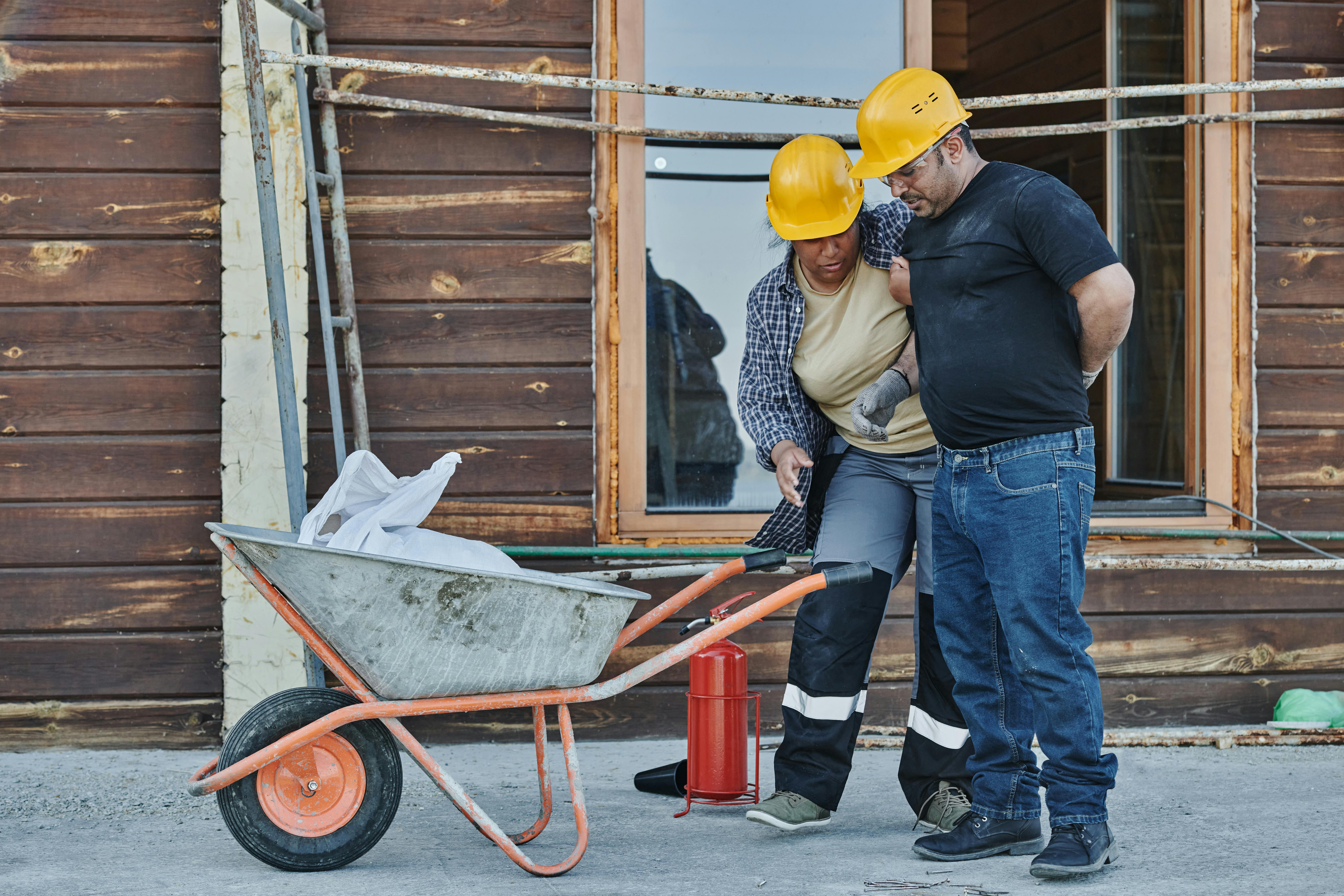Emergency Pet Care Facility Construction Guide
Emergency pet care is no longer a luxury—it’s a necessity. With growing pet ownership and increased demand for 24/7 animal medical services, emergency pet care facility construction has become a vital investment in community health. This article walks you through the essentials of designing, building, and operating a top-tier emergency pet care center with professional insight and practical advice.

Understanding the Fundamentals
Emergency pet care facility construction involves creating specialized spaces designed to provide urgent medical attention for animals. These facilities must meet strict medical, architectural, and operational standards to function efficiently.
Understanding the basics of animal behavior, veterinary workflow, and emergency preparedness helps in building an environment that saves lives and ensures client satisfaction.
1.1 Planning with Purpose
Proper planning is the cornerstone of successful emergency pet care facility construction. It includes site selection, local zoning compliance, and environmental considerations. For example, proximity to residential areas and highways ensures faster pet transport in emergencies.
Incorporating areas for triage, intensive care, and surgical procedures from the start can prevent costly redesigns later. Many developers now work with veterinary architects to optimize flow and hygiene standards.
1.2 Designing for Functionality
Unlike general veterinary clinics, emergency facilities demand uninterrupted patient flow and quick access to diagnostic tools. Design elements such as separate entrances for contagious animals or round-the-clock lighting are crucial.
Functional designs also consider soundproofing, air filtration, and temperature control—factors that directly impact pet recovery and staff efficiency.
Practical Implementation Guide
Once you’ve laid the foundation with solid planning, it’s time to implement your vision. Emergency pet care facility construction must balance clinical efficiency, safety, and comfort for both animals and caregivers.

2.1 Actionable Steps
- Step 1: Develop a Feasibility Study: Conduct market research, competitor analysis, and financial forecasting to validate your concept.
- Step 2: Assemble a Professional Team: Hire veterinary-specific architects, construction managers, and engineers experienced in pet facility design.
- Step 3: Create a Construction Timeline: Map out phases including permits, structural build, interior fit-outs, and medical equipment installation.
2.2 Overcoming Challenges
Common obstacles in emergency pet care facility construction include:
- Regulatory delays due to unfamiliarity with veterinary zoning laws
- Unexpected construction costs from poor initial planning
- Difficulty sourcing specialized veterinary equipment on schedule
To avoid these, establish contingency budgets and maintain constant communication with your build team. Engage consultants familiar with animal care standards for early guidance.
Advanced Applications
Modern emergency pet care facilities are evolving with technology and sustainability in mind. Advanced techniques not only improve patient outcomes but also reduce operating costs over time.

3.1 Smart Facility Integration
Smart sensors and automated climate control systems can monitor room temperature, air quality, and noise—conditions critical for animal stress management. Case studies show facilities that incorporate IoT devices report higher recovery rates and fewer cross-infections.
3.2 Modular Infrastructure Systems
Modular walls and mobile treatment stations allow facilities to adapt to changing demands, such as during a local outbreak. These systems also simplify renovations and reduce downtime during upgrades or expansions.
Future Outlook
The emergency pet care facility construction landscape is expected to grow at over 6% annually due to increased urbanization and pet ownership trends. Key future trends include AI diagnostics, tele-veterinary integrations, and green construction techniques.
Those entering this field should stay informed on licensing innovations, emerging medical technologies, and evolving animal welfare legislation to remain competitive and compliant.
Conclusion
To recap, the top three takeaways for emergency pet care facility construction are: start with thorough planning, prioritize functional yet adaptable design, and embrace modern technologies for long-term success.
Now is the time to act—whether you’re a veterinarian, investor, or developer. The need for emergency pet care facilities is urgent and growing. Start building your facility with a clear strategy, and you’ll make a lasting impact on animal health in your community.
Frequently Asked Questions
- Q: What is an emergency pet care facility? An emergency pet care facility provides 24/7 urgent medical services for animals experiencing trauma, poisoning, or critical conditions.
- Q: How do I begin construction? Start with a feasibility study, consult specialists in veterinary architecture, and secure local zoning approval for medical use.
- Q: How long does construction take? A typical emergency pet care facility construction project takes 8–14 months depending on size, permits, and weather conditions.
- Q: What does it cost to build? Construction costs range from $250 to $500 per square foot, influenced by location, equipment, and material choices.
- Q: How does it compare to regular vet clinics? Emergency facilities are more complex, require advanced equipment, and must meet stricter operational standards than general clinics.
- Q: Is it technically difficult to manage? Yes, but with the right management systems and trained staff, operational challenges can be streamlined effectively.
- Q: Can this apply to shelters or zoos? Absolutely. Similar construction principles can be applied to animal shelters, zoos, or rehabilitation centers with custom modifications.
